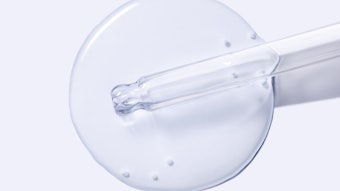
The story of magnesium, as told by Wikipedia, goes like this: in 1618, a farmer in the town of Epsom, England, attempted to give his cows water from a well, but they refused to drink it due to its bitter taste. He noticed, however, that the water seemed to heal scratches and rashes. This water is said to have contained hydrated magnesium sulfate, which later became known as the famed Epsom salts of today.1
Ancient Minerals also describes a 1600s discovery of water from the Epsom spring as a popular curative, used as an internal remedy and purifier of the blood. The same source credits Nehemia Grew, an English plant anatomist and physiologist, for isolating magnesium sulfate from the spring water in 1695.2 However, it reportedly took until 1808 for Sir Humphrey Davy to isolate the metal itself using electrolysis,1 at which point he referred to it as magnium. This eventually became known as magnesium.
Abundance in Nature and Utility
Magnesium is the eighth most abundant element in the Earth’s crust, found in large mineral deposits. The sea also contains trillions of metric tons of magnesium. According to the Royal Society of Chemists,3 it does not occur uncombined in nature.
Being one-third less dense than aluminum, it is used in products that benefit from being lightweight; such as car seats, luggage, laptops, cameras and power tools. Magnesium also ignites easily in air and burns with a bright light, so it is used in flares, fireworks and sparklers.3 These are just a few of its many industrial applications.
Continue reading about the skin care benefits of magnesium in our Digital Magazine...












